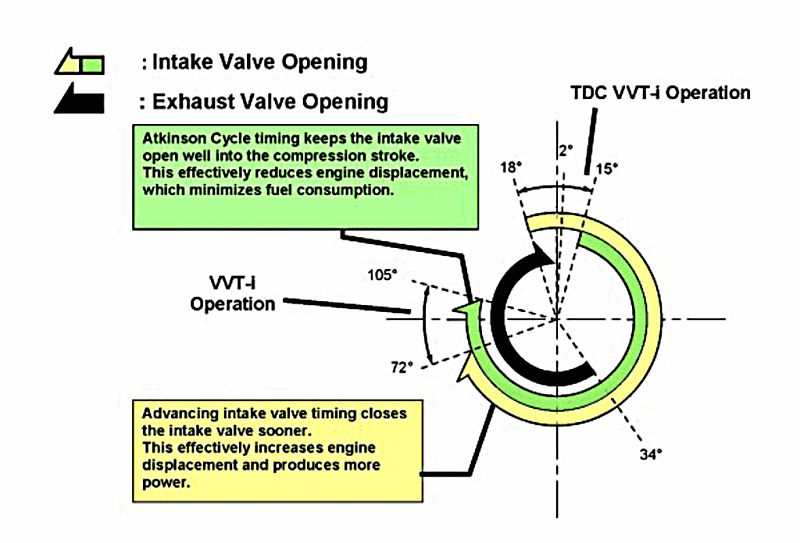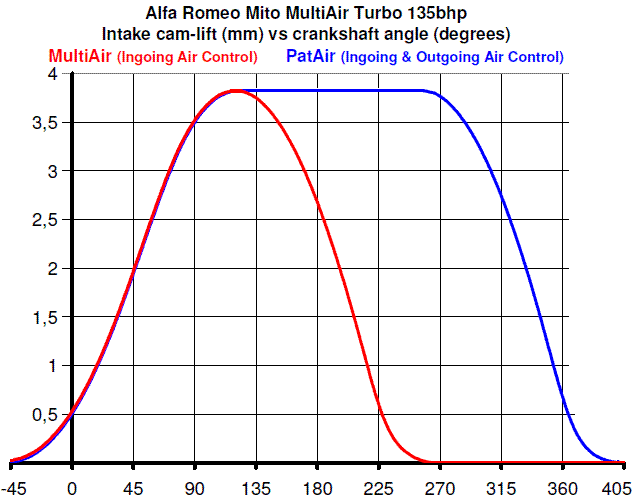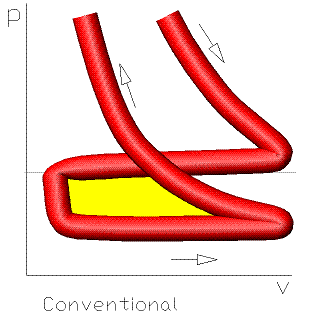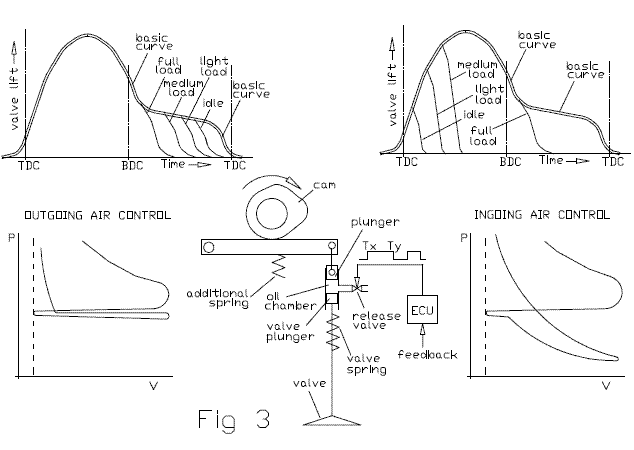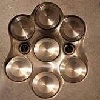Hi Manolis
Worth mentioning is that the dust of beryllium is more than highly toxic (lug cancer).
Absolutely correct. This is no problem then the dust occurs only in the manufacture of. Ilmore F1 engine circa 1995 had berrylium.
Very few model engine builders use berylium. The rather engine titanium, high alloy steel or alluminium use rod.
Berrylium is too expensiv, is only for hard core mechanican. Titanium is ok.
I know OS Max engines very good. I have many engines of which.
OS Max is not a racing engine. Is a very good standard or sport engine.
All model dyno-test are not standardized.
Your OS Max dyno chart is a bad example. This is a car engine und not a airplane engine. Car engine are not designed for permanent full-throttle.
And i think os max used (very?) much nitromethane.
28'000 RPM are actually to high for the airscrew. The greater airscrew speed the lower the efficiency of the airscrew.
Die einzige Annahme, ich tue, ist, dass die Messung auf dem Dyno ist kein Fake (und dass da sowohl die wesentlich kleiner und die wesentlich größer 2-Takter kann das erforderliche Drehmoment Dichte zu erreichen, ein 10cc 2-Takt ist auch in der Lage für eine ähnliche Drehmomentdichte) .
I know the physical laws, but is only theory. Bigger engine, more friction, more mass forces, more weight. Bigger cylinder bore than problem with nitromethane combustion. A airplane engine has a air cooling than a race engine. And the air flow is in small nich same as in large, topic reynoldssche number.
A glow nitro engine hasn't a spark ignition but only a glow ignition.
It's not so easy as you think. When you can make a better engine, then please make a better engine, you'll be surprised.
Many engineers have tried, but few had success. Buy a 10 cc engine from OPS or a other ABC/AAC engine on ebay and you can and you can experiment.
Power on dynamometer and power in the heaven are not the same. Many engine has a good power on the dyno, but a bad power in the sky.
The transfer-port and exhaust port-timing is relatively long and so is the resonance range is very small.
Airplane, engine and airscrew must fit together, or you has no chance.
Is the fuel mixture a little bit too lean and your engine is in few second scrap metal and is the fuel mixture a little bit too rich and your engine has too less power.
Also you can adjust the fuel mixture in the sky, but this is not so easy as you fink.
best regards
Speedman
Edited by Speedman, 29 April 2014 - 17:05.





